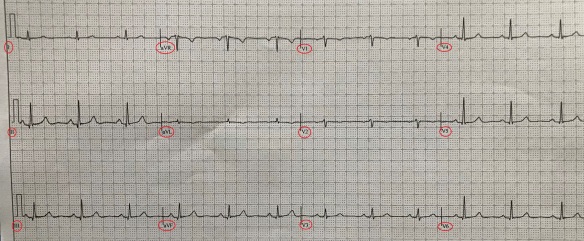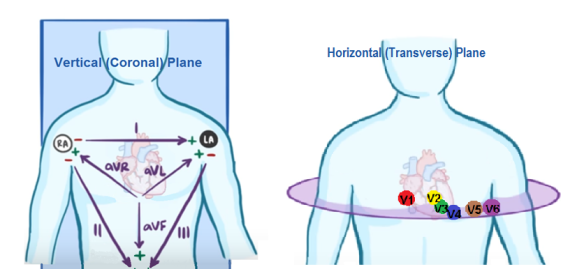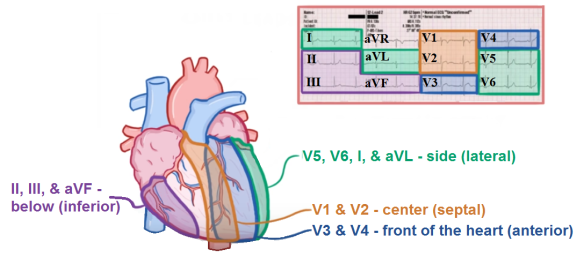So that I am able to walk and lead a somewhat normal life instead of being confined to a wheelchair, I take medicines which have numerous side effects, one of which is to suppress the immune system. When exposed to germs, my immune system is less able to fight disease than it did before I took these medicines. I look perfectly normal, and unless I tell you about my medical condition, you would not know that I’m not perfectly healthy.
I have dealt with this situation for a dozen years now, and am frankly tired of people who have become experts by watching the news and reading online blurbs for a few months telling me how to protect myself.
Guess what? I have gotten quite adept at protecting myself from inconsiderate people who go out into the community when they are sick, spreading their germs when they ought to be home recuperating.
- I carry hand sanitizer and use it after interacting with people. I’ve done this for eleven years.
- When I enter a grocery store, I wipe down the handle of the cart with one of the wipes that are available in a little stand at the door (they’ve been there for years, but suddenly other people are discovering them). I dispose of that wipe and grab a second one to use on my hands after I’ve selected my produce. I grab a new wipe in the meat department after I’ve put meat in my cart. I sanitize my hands after I get to my car. This is not new. I’ve done it for years.
- I eat nutritious foods instead of junk. That means I usually cook at home instead of going out to eat. You’d be amazed at what a difference it makes. Really. There is a ton of medical info about the link between nutrition and health.
- If I go somewhere and someone shows up sick, I distance myself. Depending on the situation, I have been known to suggest that the sick person ought to go home and stay in bed instead of getting everyone else sick – and after that, I make a point of inquiring if that person is healthy before gatherings, explaining that I don’t associate with people who won’t stay home when they’re sick. It makes the point quite well and raises awareness within the entire group, which results in people calling and saying they can’t make it when they’re contagious, which results in everyone being healthier.
- If I attend a meeting, I carry sanitizing wipes (Clorox, Lysol, etc.) and clean the table where I’m sitting to reduce my exposure to germs. I don’t make a big show of it; it can be done unobtrusively, and there are people who have talked with me while I’m cleaning the table who don’t realize that’s what I’m doing.
- I have given up some activities, such as teaching Sunday school, because the germ exposure is too great.
- I do my grocery shopping in off-hours, so there aren’t as many people around, thus limiting my potential exposure.
Other people have different strategies depending on their needs. When my daughter was in college, she carried Clorox wipes in her backpack and always wiped down her desk/chair in every classroom. I talked with a teacher once who taped a line on the floor around her desk, and kids in the class knew that if they had a cold, they had to stay outside that line. The point is that people who need to protect themselves already know how to do so. There are many invisible illnesses similar to mine. You might be surprised at how many people are on immunosuppressing medications. We find ways to cope.
The current situation means that it’s no longer socially acceptable to be out in public when you’re sick, and I think that’s a good thing. But I should not have to stay home when I am not contagious just because it will assuage your conscience and make you feel virtuous, as if you’re protecting me. Decisions about how I protect myself should be a private matter between me and my doctor.
Grocery Shopping is different now. There used to be only 2-3 people in the store in the mornings. Now, the parking lot is half-full at 7 a.m. when the store has special shopping hours set aside for those who are at-risk. Didn’t all these people care about germ exposure before? I like the idea of one-way aisles, not so much for social distancing, but for the improvement in traffic flow. I’ve heard that some stores police the entrance and ban people not wearing masks, but have not encountered that myself.
Churches in my state are preparing to begin meeting again. And while I understand that church leaders have a difficult task with voices coming at them from every side, sometimes I wonder if they’re bothering to listen to any of those voices, or if they’ve already made up their minds and don’t want to be confused by the facts. Frankly, I am fed up with people who know nothing about being immunocompromised telling me what to do. I research on reputable medical sites, and take medical advice from my physicians, not from pastors.
Recently our church leadership made an announcement, which I’m guessing they think is compassionate, but is not. It is offensive.
When we do come back, I want you to know that we will follow the CDC guidelines. We need to do that. We need to make sure we are doing our part, that we are a good witness to the people in and around us, and even in our community.
And I want to say this: if you are medically vulnerable or fragile, please, you’re gonna need to stay home for the live-stream at first, for a little while. We just need to be careful.
We need to be careful? Is there a mouse in your pocket? I am already careful. My presence is not going to make anyone else sick. The presence of other healthy people is not going to make me sick. Wouldn’t it make more sense to tell sick people that they need to stay home?
Since when do we announce to people that they aren’t welcome in our churches? I feel like I’ve been told that I’m not wanted, and that despite my dozen years of experience in living life immunocompromised, suddenly the ignorant opinions of people who know nothing about it matter more than people who actually know about the situation.
Furthermore, this is discrimination. The CDC doesn’t merely talk about those who are medically vulnerable. What they talk about is those at increased risk. Are we going to have bouncers instead of greeters at our church doors, telling fat people that they need to stay home? Having a BMI over 40 lands you on the at-risk list. Will the bouncers be asking for ID, carding people and turning away everyone over 65? They’re on the at-risk list. There is no excuse for singling out those with medical conditions and telling us that we need to stay home. Either say nothing, or include everyone who is at risk.
The pastor’s statement tells me that the people making these pronouncements have not actually read the CDC’s website, because the CDC is quite clear that they are not telling people what to do or issuing directives to churches. It’s not legal for them to do so. The CDC offers “general considerations” and allows churches to make their own choices. Shouldn’t pastors do the same and allow congregants to make their own choices? The CDC recommends offering options (not mandating them). Dictating that one small subset of the at-risk population needs to stay home is vastly different from offering options to all those who are at-risk and letting people decide for themselves.

Credit: CDC Website
We are adults, not two-year-olds. Allow people to exercise some personal responsibility. People with no experience and no qualifications need to quit dictating how others ought to protect themselves from germs. People who are immunocompromised have multiple doctors they can consult about this issue, and are perfectly capable of protecting themselves. I’ve been sick less in the past dozen years of being immunocompromised than I ever was when I was “healthy” because I pay more attention to preventing the spread of disease. Let’s quit pretending that people are somehow safer at home. Don’t tell people they aren’t welcome in church.
If you are immunocompromised, then talk to your doctor about what steps you need to take. Do not get your information from google or instagram or news reports. There are a number of articles, both for physicians and patients, in the COVID-19 section of Up-to-Date‘s website. According to Up-to-Date, rheum patients on immunosuppressants are not at increased risk from Covid-19. Other reputable sites include American College of Rheumatology and European League Against Rheumatism. I especially like Johns Hopkins‘ list of what patients can/should do and not do. Nowhere does any medical site tell healthy patients to stay home. That’s politicians practicing medicine without a license. Grocery stores, churches, and other places setting policies need to allow people to consult their doctors and make their own decisions. Stop listening to politicians for medical advice.








 The
The 
